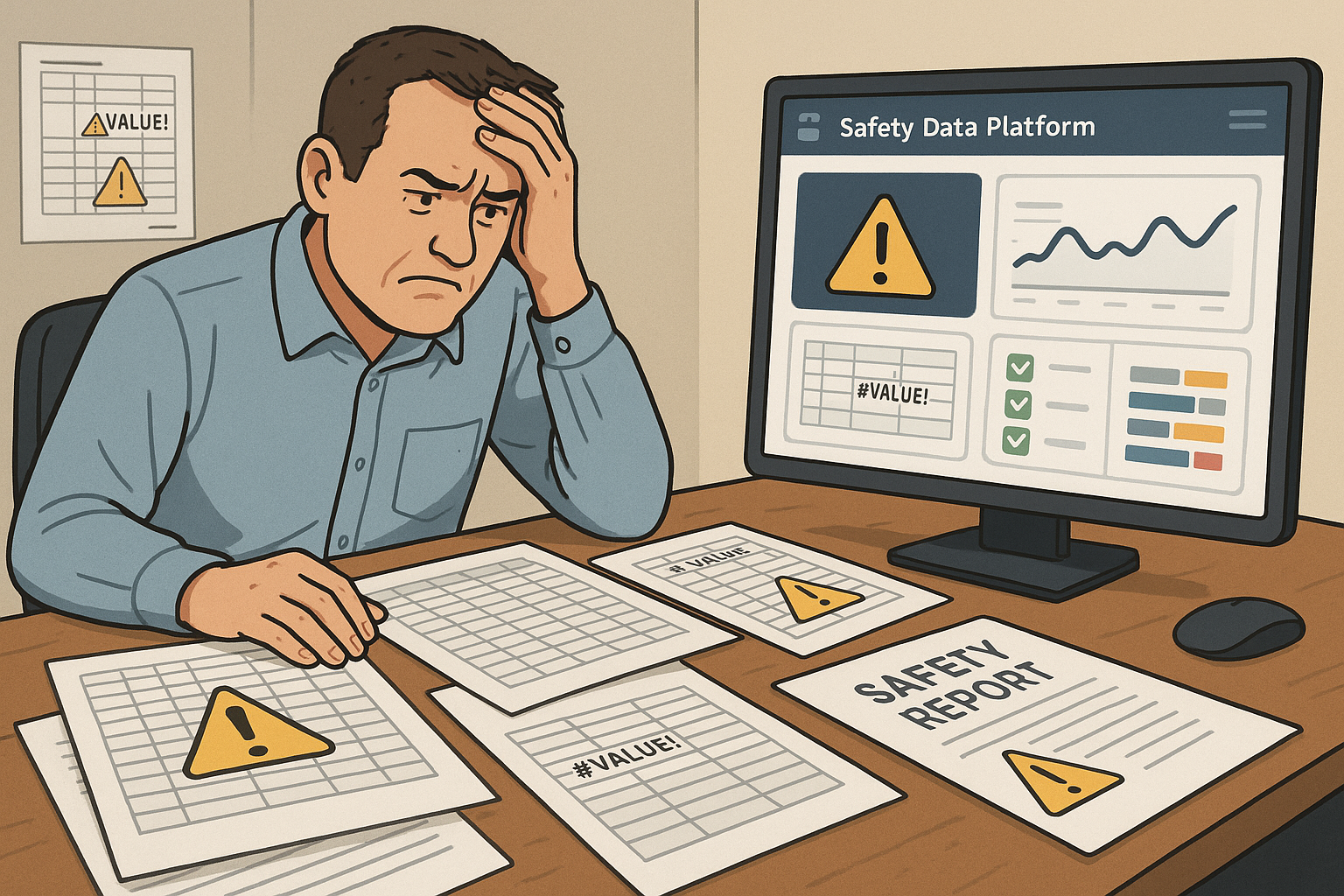The Building Safety Act 2022
A comprehensive guide to understanding the legislation that's transforming building safety in the UK.
Overview of the Building Safety Act
The Building Safety Act 2022 represents the most significant reform to building safety regulation in the UK in decades. Introduced following the Grenfell Tower tragedy, the Act aims to create a more stringent regulatory framework for the design, construction, and management of higher-risk buildings.
The legislation introduces new responsibilities, accountabilities, and enforcement measures to ensure the safety of residents in higher-risk buildings, with a focus on fire and structural safety.

Key Elements of the Building Safety Act
Understanding the main components and requirements of the legislation
New Regulatory Framework
The Act establishes a new Building Safety Regulator (BSR) within the Health and Safety Executive (HSE) with powers to enforce higher standards in the design, construction, and management of higher-risk buildings.
Accountable Persons
The legislation introduces the concept of the Principal Accountable Person (PAP) and Accountable Persons (APs) who have legal responsibility for the safety of higher-risk buildings. These are typically the building owners or managers.
Safety Case Reports
PAPs must create and maintain Safety Case Reports that identify building safety risks and detail how these risks are being managed. The BSR will review these reports as part of the Building Assessment Certificate application.
Golden Thread
The Act requires the creation and maintenance of a "Golden Thread" of information - a digital record of building information that must be stored securely and accessibly throughout the building's lifecycle.
Resident Engagement
The legislation strengthens residents' rights to information about the safety of their buildings and requires PAPs to establish and implement a Resident Engagement Strategy for each higher-risk building.
Enforcement Measures
The BSR has significant enforcement powers, including the ability to issue compliance notices, stop notices, and impose unlimited fines. Criminal sanctions can apply for serious breaches of the Act.
Implementation Timeline
Key dates and deadlines for compliance with the Building Safety Act
April 2022
Building Safety Act receives Royal Assent
April 2023
New regulatory framework comes into effect
Registration of higher-risk buildings begins
October 2023
Mandatory registration deadline for all higher-risk buildings
New duties for Accountable Persons come into force
April 2024
Building Safety Regulator begins directing Principal Accountable Persons to apply for Building Assessment Certificates
Safety Case Reports must be submitted as part of application
2024-2025
First phase of Building Assessment Certificate applications for higher-risk buildings
2025-2026
Continued implementation of Building Assessment Certificate applications for remaining higher-risk buildings
Who Needs to Comply?
Higher-Risk Buildings (HRBs)
The Building Safety Act primarily applies to "higher-risk buildings" (HRBs) in England, which are defined as:
- Buildings that are at least 18 meters in height or at least 7 stories tall (whichever is reached first)
- Contain at least two residential units
Responsible Parties
The duty to comply with the Building Safety Act falls primarily on:
- Principal Accountable Persons (usually the freeholder or head leaseholder)
- Accountable Persons (those responsible for repairing common parts of the building)
- Building managers acting on behalf of Accountable Persons
- Housing associations, local authorities, and private landlords of HRBs
Building Safety Act Compliance Checklist
Essential steps for Principal Accountable Persons to ensure compliance
1. Registration
- Register all higher-risk buildings with the Building Safety Regulator
- Provide all required information about the building and its Accountable Persons
- Pay the required registration fee
2. Safety Case Report
- Create a comprehensive Safety Case Report for each higher-risk building
- Identify all major fire and structural hazards
- Document how risks are being managed "so far as reasonably practicable"
- Keep the Safety Case Report updated as conditions change
3. Golden Thread
- Establish a digital system for storing building information
- Collect and organize all relevant building safety information
- Ensure information is accessible to those who need it
- Maintain and update the information regularly
4. Resident Engagement
- Develop and implement a Resident Engagement Strategy
- Provide residents with information about building safety
- Establish a complaints procedure for building safety issues
- Respond to resident concerns in a timely manner
5. Building Assessment Certificate
- Apply for a Building Assessment Certificate when directed by the BSR
- Submit all required documentation, including the Safety Case Report
- Cooperate with any inspections or requests for further information
- Renew the certificate as required (typically every 5 years)
Need Help With Building Safety Act Compliance?
Our team of experts can help you navigate the requirements of the Building Safety Act and ensure your buildings are compliant.